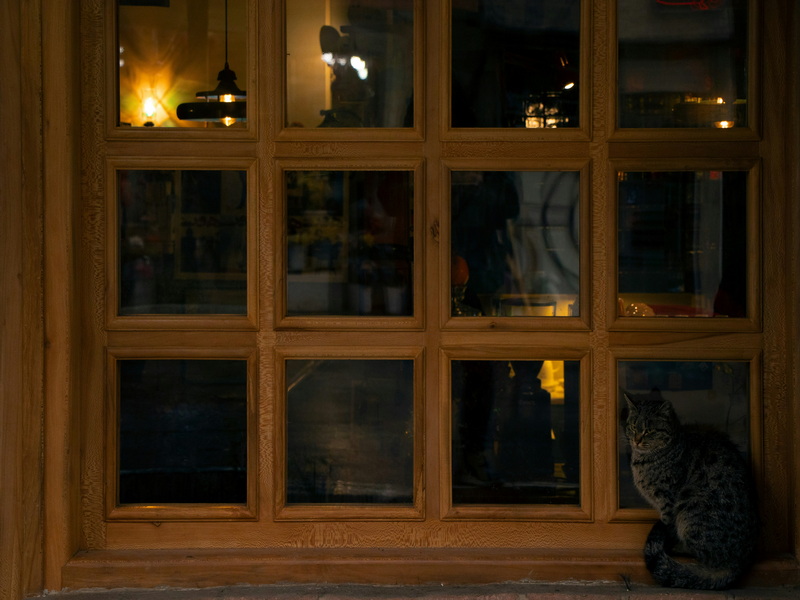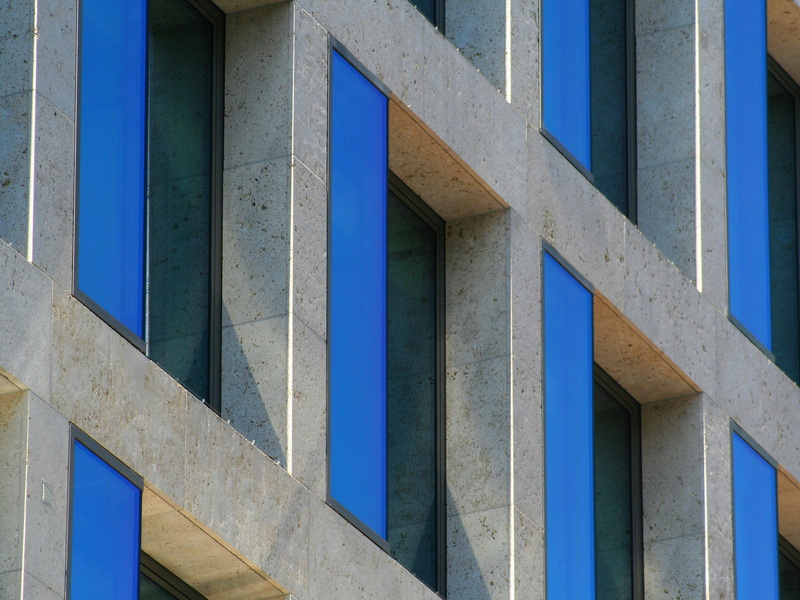English 




Views: 222 Author: Astin Publish Time: 2025-03-17 Origin: Site



Content Menu
● Introduction to Aluminum Window Flashing
● Importance of Proper Installation
● Benefits of Aluminum Window Flashing
>> 3. Durability and Maintenance
● Common Mistakes in Flashing Installation
● Best Practices for Installation
● Environmental Impact and Sustainability
● Cost-Effectiveness and Long-Term Benefits
>> 1. What is the primary purpose of aluminum window flashing?
>> 2. How does aluminum window flashing contribute to energy efficiency?
>> 3. What are common mistakes to avoid when installing aluminum window flashing?
>> 4. Why is it important to follow manufacturer instructions for flashing installation?
>> 5. How does aluminum window flashing impact the overall value of a property?
Water leaks around windows can lead to significant structural damage, mold growth, and increased energy bills. One effective solution to prevent these issues is the proper installation of aluminum window flashing. This article explores how aluminum window flashing works, its benefits, and the importance of correct installation to ensure a watertight seal around windows.

Aluminum window flashing is a thin, waterproof material installed around window edges to protect homes from water intrusion. It plays a crucial role in maintaining the integrity of a building's envelope by directing water away from the window and preventing it from seeping into the structure. Properly applied aluminum window flashing not only prevents water leaks but also helps reduce energy loss and prevent mold growth.
There are several types of flashing used around windows, each serving a specific purpose:
- Sill Flashing: Installed at the base of the window, sill flashing manages water runoff effectively and protects the most vulnerable edge of the window.
- Pan Flashing: Shaped like a small cup, pan flashing directs water away from the window and toward the exterior of the home.
- Drip Cap Flashing: Positioned at the top of the window, drip cap flashing directs water downwards and away, reducing the risk of leaks from above.
Proper installation of aluminum window flashing is critical to prevent water leaks. Even the tiniest gap around a window can allow significant water infiltration, leading to structural damage and mold growth. The installation process involves layering flashing materials to ensure that water flows down and away from the window. It is essential to follow local building codes and manufacturer recommendations to ensure that the flashing meets the required standards.
The primary purpose of aluminum window flashing is to prevent water penetration. By directing water away from the window, it protects the building's interior from water damage, mold growth, and structural deterioration.
Properly installed flashing seals the window openings, reducing drafts and helping maintain indoor temperatures. This efficiency results in lower energy bills, with estimates indicating that well-sealed flashing around windows can save homeowners 10–15% annually on heating and cooling costs.
Aluminum window flashing is valued for its durability and resistance to corrosion, making it an essential component in ensuring the longevity and integrity of buildings. It requires minimal maintenance once installed correctly.
Several common mistakes can compromise the effectiveness of aluminum window flashing:
- Skipping Flashing Altogether: Failing to flash critical areas can lead to significant water damage.
- Choosing Sub-Par Materials: Using cheap materials can result in moisture problems and rot.
- Reverse Overlaps: Incorrect sequencing of flashing layers can allow water to flow into the structure instead of away from it.

To ensure effective aluminum window flashing, it's crucial to follow best practices:
- Use High-Quality Materials: Invest in durable materials that can withstand weather conditions.
- Follow Manufacturer Instructions: Ensure that all flashing is applied according to the manufacturer's guidelines.
- Hire Professionals: If unsure, leave the installation to experienced professionals to avoid costly mistakes.
While aluminum window flashing itself is not directly related to environmental sustainability, its role in preventing water damage and reducing energy loss contributes to a more sustainable building envelope. Aluminum is also recyclable, which can reduce waste when the flashing is replaced or upgraded.
Although aluminum window flashing may seem like an additional expense, it offers long-term cost savings by preventing costly repairs related to water damage. Properly installed flashing can also enhance the value of a property by ensuring a watertight and energy-efficient building envelope.
Real-life examples demonstrate the effectiveness of aluminum window flashing in preventing water leaks. For instance, a homeowner in a coastal area installed aluminum window flashing around their windows and reported a significant reduction in water damage during heavy storms. This not only saved them from costly repairs but also improved the overall energy efficiency of their home.
Advancements in materials and design are enhancing the performance of aluminum window flashing. New technologies include self-adhering membranes and liquid-applied flashings that offer improved durability and ease of installation. These innovations make it easier for homeowners to ensure that their windows are properly sealed without compromising on aesthetics or functionality.
Local building codes, such as the 2021 IRC and IBC, mandate the installation of flashing around window and door openings to prevent moisture intrusion. Compliance with these regulations is crucial to ensure that aluminum window flashing meets the required standards. Homeowners should consult with local authorities or construction experts to ensure that their flashing installation adheres to these codes.
Regular inspections and maintenance are crucial to ensure that aluminum window flashing continues to perform effectively. Homeowners should check for signs of wear or damage, clean the flashing regularly, and address any issues promptly to prevent water leaks. This proactive approach can extend the lifespan of the flashing and maintain its effectiveness over time.
When choosing flashing materials, aluminum window flashing stands out for its durability and resistance to corrosion. Compared to other materials like vinyl or copper, aluminum offers a cost-effective solution that balances performance with affordability. Additionally, aluminum is lightweight and easy to install, making it a preferred choice for many builders and homeowners.
Looking ahead, advancements in materials science and technology are expected to further enhance the performance of aluminum window flashing. Innovations such as nanotechnology coatings and smart flashing systems could improve durability and efficiency, making aluminum window flashing an even more attractive option for homeowners.
For homeowners who prefer a DIY approach, installing aluminum window flashing requires careful planning and execution. It's essential to ensure that all flashing layers are correctly sequenced and sealed to prevent water intrusion. Homeowners should also consider consulting online tutorials or seeking advice from professionals if they are unsure about any aspect of the installation process.
In conclusion, aluminum window flashing is a critical component in preventing water leaks around windows. Proper installation is essential to ensure that flashing functions effectively, directing water away from the window and maintaining a watertight seal. By choosing high-quality materials and following best practices, homeowners can protect their properties from water damage, reduce energy bills, and enhance the overall durability of their homes.

The primary purpose of aluminum window flashing is to prevent water penetration and leakage around windows by directing water away from the structure.
Properly installed aluminum window flashing helps seal window openings, reducing drafts and maintaining indoor temperatures, which can lead to lower energy bills.
Common mistakes include skipping flashing altogether, choosing sub-par materials, and incorrect sequencing of flashing layers.
Following manufacturer instructions ensures that aluminum window flashing is applied correctly, maintaining its warranty and preventing costly repairs.
Properly installed aluminum window flashing can enhance property value by ensuring a watertight and energy-efficient building envelope, which appeals to potential buyers and reduces maintenance costs.
[1] https://polyguard.com/blog/aluminum-window-flashing
[2] https://www.taylorswindows.com/the-importance-of-window-flashing-what-it-is-and-why-it-matters/
[3] https://www.kreo.net/glossary/aluminum-flashing
[4] https://elementicf.com/insight-and-advice/how-to-prevent-flanged-windows-from-leaking-in-icf-walls-7-step-flashing-method/
[5] https://benjaminobdyke.com/insights/6-common-mistakes-installing-flashing/
[6] https://jimmysroofing.com/the-role-of-roof-flashing-in-preventing-leaks/
[7] https://www.youtube.com/watch?v=v31PbsJL6yE
[8] https://iibec.org/publication-post/aluminum-windowsill-anchorage-and-supplemental-waterproof-flashing-design-practices/
[9] https://www.usqualityconstruction.com/blog/window-flashing/
[10] https://www.youtube.com/watch?v=qpMTErGft5A
[11] https://www.youtube.com/watch?v=DGmLFvZ7Jg0
[12] https://agwa.com.au/common/Uploaded%20files/AGWA/Technical/AGWA%20Guides/AGWA-Guide-Installation.pdf
[13] https://www.iccsafe.org/wp-content/uploads/proclamations/TN05-Window-and-Door-Flashing_pdf.pdf
[14] https://www.supplyonlydoors.com/help-and-advice/how-to-stop-water-leaking-from-aluminium-windows/
[15] https://www.workshop.bunnings.com.au/t5/Outdoor/How-to-replace-exterior-window-flashing-and-gaps-between-window/td-p/247448
[16] https://www.reddit.com/r/HomeImprovement/comments/187wsem/window_flashing_water_leaking/
[17] https://www.reddit.com/r/Homebuilding/comments/sslpj3/advice_needed_are_these_windows_installed/
[18] https://iibec.org/wp-content/uploads/2016-bes-romero-itle.pdf
[19] https://melbwidealuminium.com.au/understanding-the-importance-of-window-flashing-a-comprehensive-guide/
[20] https://www.milmarpolebuildings.com/how-do-you-flash-windows-so-they-dont-leak-properly-installed-window-flashing-plays-a-vital-role-in-maintaining-the-longevity-and-integrity-of-your-pole-barn/
[21] https://alsyedconstruction.com/flashing-in-construction-definition-purpose-and-application-in-the-usa/
[22] https://superiorroof.net/post/what-is-window-flashing-the-role-of-flashing-around-windows/
[23] https://africkerroofing.com/blogs/window-flashing/
[24] https://louisvillewindowcompany.com/blog/how-to-flash-a-window/
[25] https://www.thisoldhouse.com/windows/21017253/how-to-flash-a-window
[26] https://images.thdstatic.com/catalog/pdfImages/e3/e316bb51-ca65-4725-8032-37f23ef0f06a.pdf
[27] https://www.jlconline.com/how-to/exteriors/practical-window-flashing_o
[28] https://www.bradfordinsulation.com.au/-/media/bradford/files/wall-wrap-window-penetrations-install-guide
[29] https://boelterisbetter.com/proper-window-flashing/
[30] https://www.youtube.com/watch?v=npOIIG1g7KA
[31] https://www.marvin.com/blog/10-most-common-window-installation-mistakes
[32] https://www.bobvila.com/articles/window-flashing/
[33] https://www.finehomebuilding.com/project-guides/windows-doors/fix-for-poorly-installed-window-flashing
[34] https://aluminiummagazine.com/mag/magazine/common-problems-with-aluminium-windows.html
[35] https://aproaustin.com/from-the-home-inspectors-perspective-some-common-issues-with-flashing-part-3/
